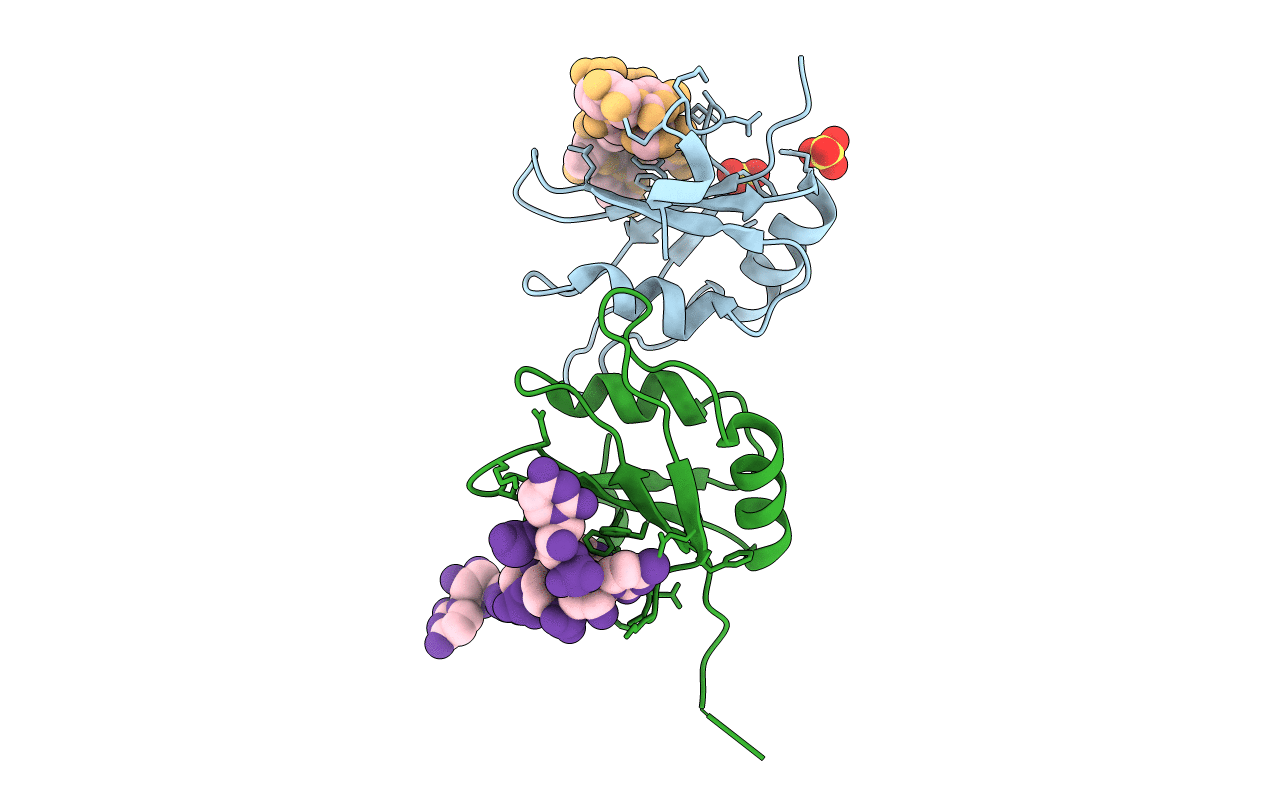
Deposition Date
2015-08-25
Release Date
2015-09-23
Last Version Date
2023-09-27
Entry Detail
PDB ID:
5DET
Keywords:
Title:
X-ray structure of human RBPMS in complex with the RNA
Biological Source:
Source Organism:
Homo sapiens (Taxon ID: 9606)
Host Organism:
Method Details:
Experimental Method:
Resolution:
1.95 Å
R-Value Free:
0.24
R-Value Work:
0.18
R-Value Observed:
0.19
Space Group:
P 1 21 1


